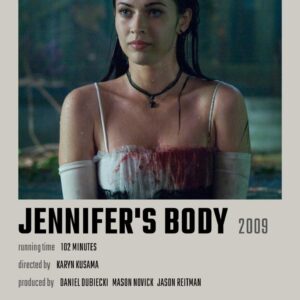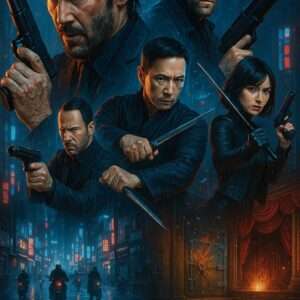The Mill is a gripping and thought-provoking series that delves into the harsh realities of labor, industrialization, and human resilience. Whether in its literary or televised form, the series has garnered attention for its stark portrayal of the lives of workers in a 19th-century cotton mill, highlighting themes of exploitation, class struggle, and personal endurance.
This review will explore the various aspects of The Mill, including its narrative structure, character development, historical accuracy, thematic depth, and overall impact. By the end, readers will have a thorough understanding of why The Mill stands out as a compelling historical drama.
Overview of The Mill
The Mill originally aired as a British television drama in 2013, produced by Channel 4. It is based on the real-life experiences of workers at Quarry Bank Mill in Cheshire, England—one of the best-preserved textile mills of the Industrial Revolution. The series blends historical fact with fictionalized drama, offering an immersive look at the lives of child laborers, mill owners, and the socio-economic tensions of the era.
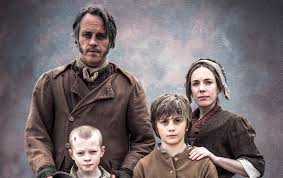
The show’s strength lies in its commitment to authenticity, from the detailed set designs to the accurate depiction of labor conditions. However, The Mill is more than just a period piece—it is a powerful commentary on human suffering, resilience, and the fight for dignity.
Narrative Structure and Pacing
The series is structured around multiple character arcs, each representing different facets of life in the mill. The central narrative follows young apprentices—many of them orphans or workhouse children—who are bound to the mill under brutal conditions. Meanwhile, the mill owners, the Greg family, navigate their own moral dilemmas as they profit from the labor of the poor.
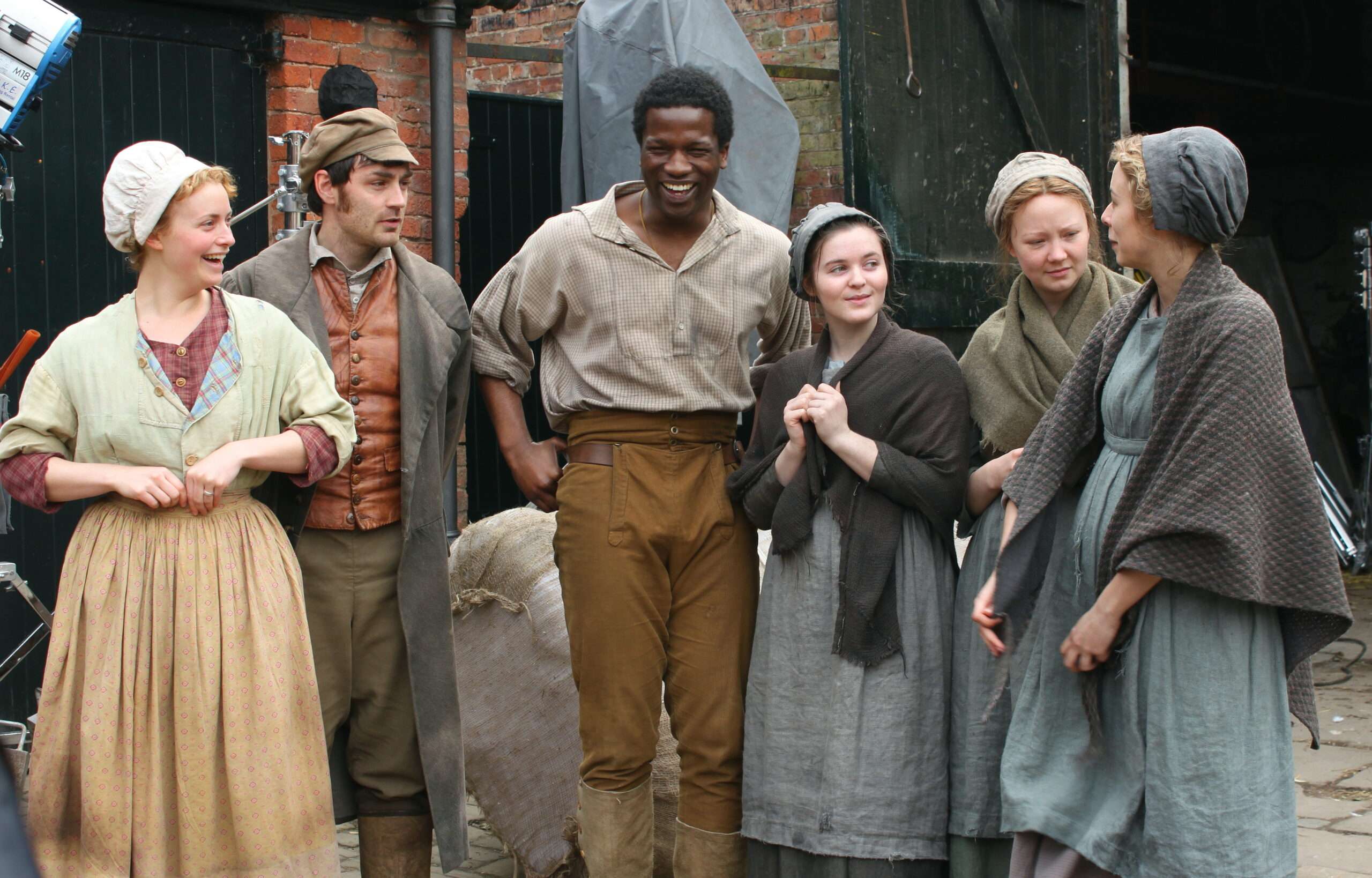
The pacing of The Mill is deliberate, allowing viewers to absorb the weight of each character’s struggles. Some critics argue that the series could have benefited from faster pacing, particularly in the first few episodes. However, the slow burn effectively builds tension, making the eventual confrontations and emotional payoffs more impactful.
The use of flashbacks and interwoven storylines helps flesh out the characters’ backgrounds, making their suffering more poignant. This narrative technique ensures that the audience remains invested in their fates.
Character Development and Performances
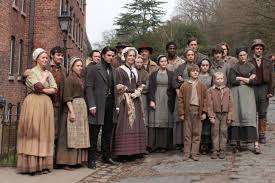
One of The Mill’s greatest strengths is its well-drawn characters, brought to life by a talented cast.
The Workers
-
Esther Price (Kerrie Hayes): A defiant young worker who becomes a key figure in the fight for better conditions. Her journey from submission to rebellion is one of the most compelling arcs.
-
Daniel Bate (Matthew McNulty): A skilled weaver who struggles with loyalty to his fellow workers versus the pressures of management. His internal conflict mirrors the broader class tensions of the era.
-
Lucy Garner (Holly Lucas): A vulnerable apprentice whose tragic story underscores the cruelty of the system.
The Mill Owners
-
John Greg (Donald Sumpter): The stern mill owner who embodies the cold pragmatism of industrial capitalism.
-
Susannah Greg (Barbara Marten): His wife, whose occasional acts of kindness do little to offset the systemic oppression she benefits from.
The performances are uniformly strong, with Kerrie Hayes and Matthew McNulty standing out for their emotional depth. The child actors, in particular, deliver heartbreaking portrayals that make the injustices they face all the more harrowing.
Historical Accuracy and Setting
The Mill is praised for its meticulous attention to historical detail. The production team went to great lengths to recreate the look and feel of a 19th-century textile mill, from the deafening noise of the machinery to the cramped, filthy living quarters of the workers.
The series does not shy away from depicting the brutal realities of child labor, including physical abuse, malnutrition, and the near-total lack of workers’ rights. While some dramatic liberties are taken for narrative cohesion, the core events—such as the apprentices’ attempted escape and subsequent punishment—are rooted in historical records.
The portrayal of the Greg family is also nuanced. While they are clearly the antagonists, the series avoids outright villainization, instead presenting them as products of their time—people who justify exploitation under the guise of economic progress.
Themes and Social Commentary
The Mill is rich with thematic depth, exploring issues that remain relevant today.
Class Struggle and Exploitation
The series vividly illustrates the stark divide between the wealthy mill owners and the impoverished workers. The workers’ lack of agency—being treated as disposable commodities—mirrors modern discussions about labor rights and economic inequality.
Resistance and Solidarity
A recurring theme is the power of collective action. The workers’ attempts to organize, despite the risks, serve as an early example of labor movements that would later transform industrial societies.
The Cost of Industrialization
While the Industrial Revolution brought technological progress, The Mill forces viewers to confront its human cost. The series asks: At what point does progress become oppression?
Gender and Power
Female characters like Esther and Lucy face additional layers of oppression, both as workers and as women. Their struggles highlight the gendered nature of labor exploitation.
Cinematography and Atmosphere
The visual style of The Mill enhances its grim tone. The muted color palette, dim lighting, and tight framing create a claustrophobic atmosphere, mirroring the workers’ trapped existence. The relentless noise of the mill machinery is used effectively to convey the oppressive environment.
The direction emphasizes realism over glamorization, making the rare moments of tenderness—such as a shared glance between workers—stand out even more.
Criticisms and Weaknesses
While The Mill is a strong series, it is not without flaws:
-
Pacing Issues: Some viewers may find the first few episodes slow.
-
Limited Perspective: The focus remains largely on the workers, with the mill owners’ perspectives occasionally feeling underexplored.
-
Emotional Heaviness: The relentless bleakness, while authentic, may be overwhelming for some audiences.
Conclusion: Why The Mill Matters
The Mill is more than a historical drama—it is a stark reminder of the struggles that shaped modern labor rights. Its unflinching portrayal of exploitation, combined with strong performances and meticulous production design, makes it a standout series.
While it may not be an easy watch, its emotional depth and social relevance ensure that it leaves a lasting impact. For fans of historical fiction, labor history, or simply powerful storytelling, The Mill is a must-watch.
Final Rating: 4.5/5
The Mill is a haunting, beautifully crafted series that educates as much as it entertains. Its only real drawback is its occasionally slow pacing, but the payoff is well worth the investment.
Would you like a more detailed analysis of any particular aspect, such as comparisons to other historical dramas or deeper thematic exploration
